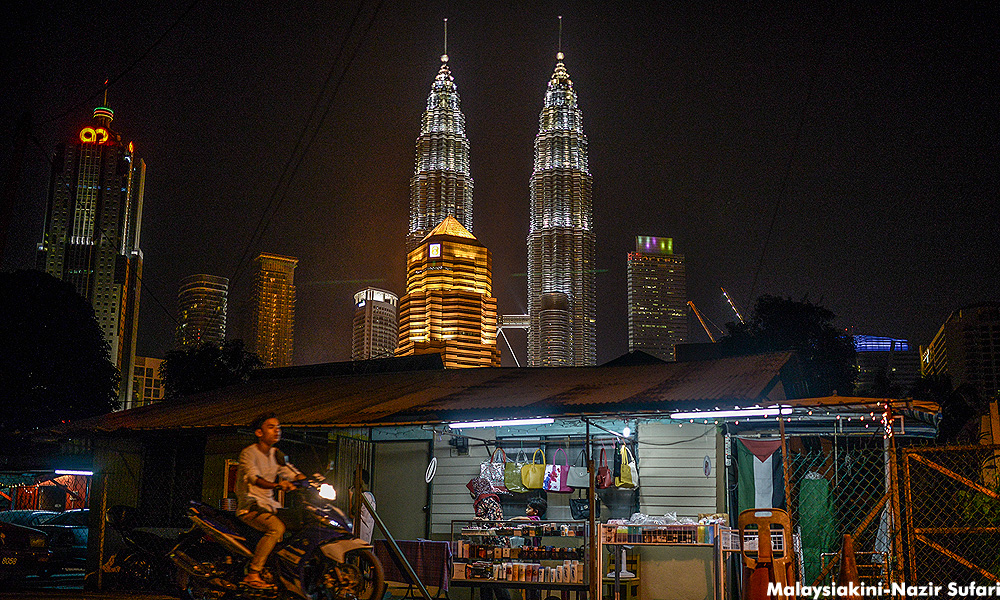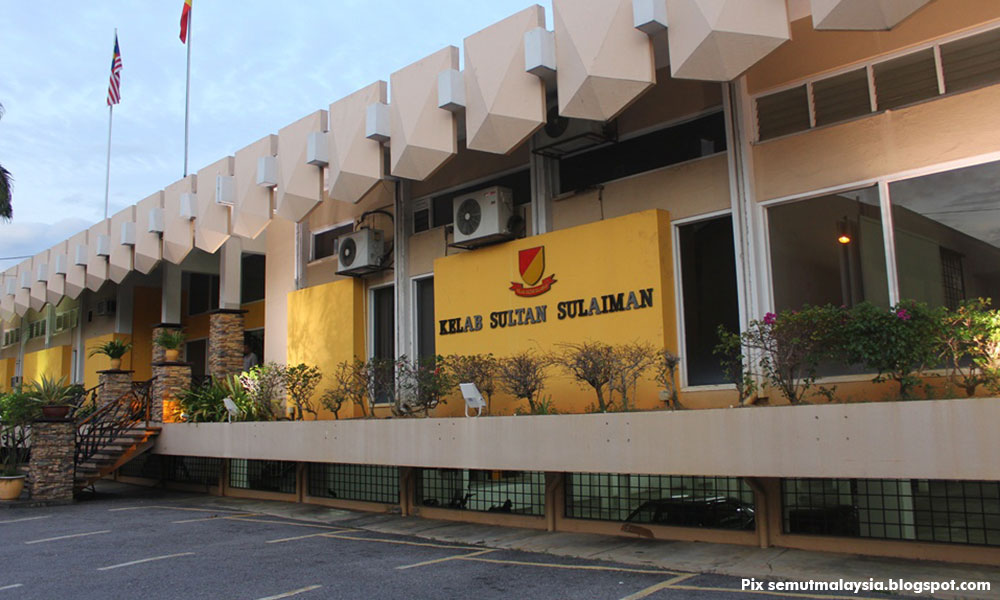
I get uneasy whenever I hear about development plans for places that have a rich history. Malaysia doesn’t have a good reputation for preserving heritage sites and historical places. Most of the time, profit and short-termism is prioritised ahead of cultural legacy and history.
When the Royal Belum State Park in Gerik was in the queue to acquire Unesco heritage site status, the Perak government resisted it and said the status would deprive the state of revenue from logging. Logging revenue is more important than preserving heritage.
We also used to have the Pudu Prison that was built by the British in 1891, and it had the longest mural in the world which an inmate painted. It was demolished 10 years ago - only a gate archway now remains.
Candi 11 at Lembah Bujang, Kedah, a place with 1,200 years of history, was also destroyed to make way for development.
The Bok House, Wong Ah Fook Mansion in Johor and the 101-year old Sri Muneswarar Kaliamman Hindu temple in Kuala Lumpur are but a few other examples to explain our ease in destroying history in making way for modern development.
Sometimes the temptation for development is so overwhelming that even buildings that are certified and listed under the National Heritage Act 2005 are not safe from demolition.
There was a revocation of the heritage status of the one-acre land used as a car park and the adjoining restaurant near the Malaysian Tourism Information Centre that is the Dewan Tunku Abdul Rahman - where the first Yang di-Pertuan Agong was installed as monarch in 1958.
Treading Kampung Baru carefully
Given our disturbing record of being unappreciative of history, I cannot help but feel that any redevelopment plan for Kampung Baru cannot be pursued with an overzealous mindset. All efforts to redevelop Kampung Baru must carry a sense of obligation to the stories of the past, with attention being paid not only to the aesthetics, but also to the character of the people and places.
What could best explain the 119-year charm of Kampung Baru, and how do you capture that in the development we carry out? What could be substantively replicated with minimal loss and what needs be preserved at all cost? What could encourage the continuous organic progress and the seamless adaptation of the settlers in this area?
The reason why the consideration of redevelopment in Kampung Baru must be intricate and detailed is because, once destroyed, it is lost forever. Sometimes buildings and structures tell us more stories than words ever could. Architectural styles inside a small enclave could tell us different stories of different times in our history.

Like how the Sultan Abdul Samad Building (above) at Merdeka Square could tell us stories of the great legal battles in the country as it once housed the highest court of the land. It was also a place of strength as the Union Jack was lowered and replaced with our Malaya flag. It was also a place of unity where the timing of East and West Malaysia was standardised.
Or how the Kuala Lumpur-Selangor Chinese Assembly Hall was built to unite various Chinese associations like the Hakka, Hokkien, Cantonese and Teochew. It was also the venue that hosted the meeting among Umno, MCA and the MIC, which led to the formation of the Alliance Party. The Assembly Hall also took in people who lost their homes, limbs, and wages during World War II.
Kampung Baru’s stories
Kampung Baru also has many rich stories to tell. The first protest against the Malayan Union took place at the Sultan Sulaiman Club (photo) in Kampung Baru. The protest prepared the formation of one of the longest governing political parties in the world, Umno.

It is also the place that has a haunting history of the bloody May 13, 1969, race riots.
It is conceded that the conditions of Kampung Baru may not be suitable for modern life today. There are many areas that are unconducive to live in, and many land and property owners have not paid too much attention to this. There must be some preservation, rehabilitation, and/or development in Kampung Baru to make sure the contrast to modern life does not grow to become a burden.
Above profits
All I am hoping for is that the Kampung Baru redevelopment plan is considered carefully because any large-scale redevelopment plan would always get distracted by financial considerations. The priority always seems to be numbers and commerce.
A redevelopment plan of Kampung Baru should not be treated like any other development plan. The main concerns are not only how much it takes for land reclamation and development; nor is it only the consent and wishes of the landowners: these, surely, are not only what developers would undertake in this project.
The government should always stand above all stakeholders who are typically only concerned with one generation’s profit. The government has a moral obligation to consider the legacy of the country and what kind of society we will leave behind after we die.
The government must understand that a nation devoid of history is a nation that is devoid of its soul.
We are not just dealing with land, buildings, and structures. We are dealing with 119 years worth of who we were and are.
JAMES CHAI works at a law firm. E-mail him at jameschai.mpuk@gmail.com - Mkini



surah abasa bangla translation | সুরা আবাসা | Noor
ReplyDelete